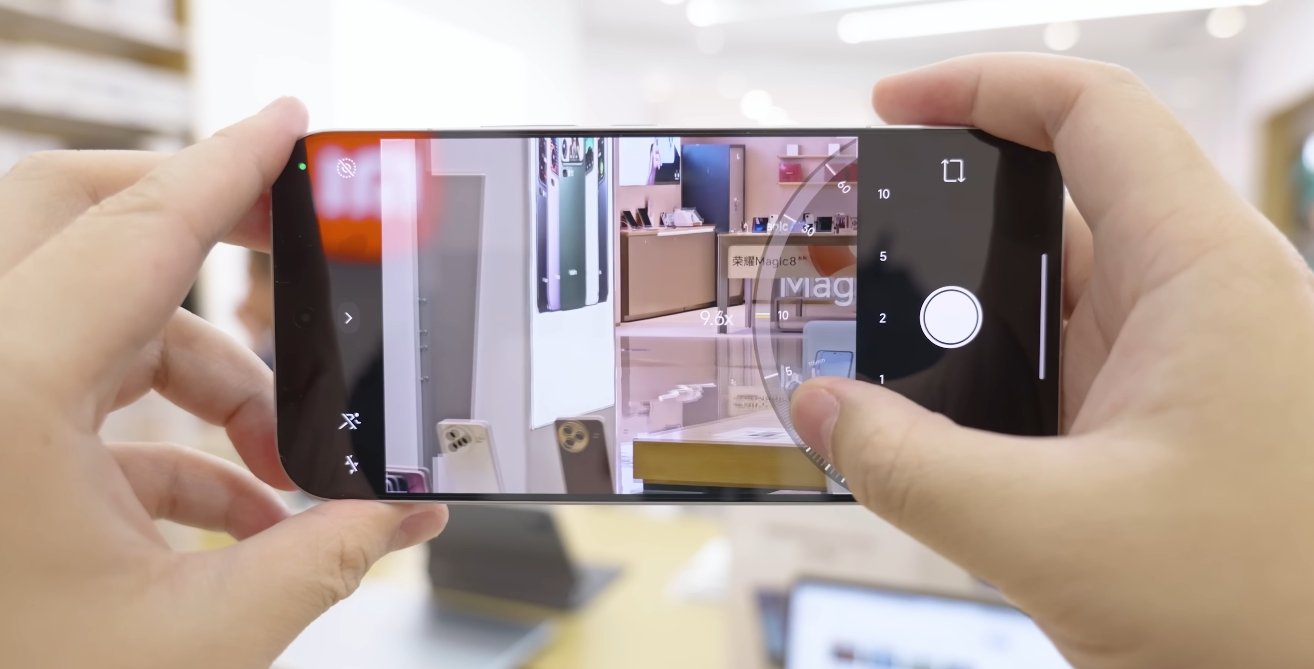Understanding the Redmi K90 Pro Max’s 5G compatibility with UK carriers
The Redmi K90 Pro Max, one of Xiaomi’s most anticipated smartphones of 2025, arrives with top-tier specifications, including a wide range of 5G network support. However, one of the key questions for buyers in the United Kingdom is whether local carriers fully support its 5G bands and network features. With UK operators using specific frequency ranges for nationwide coverage, it’s essential to evaluate how well the Redmi K90 Pro Max fits into the country’s existing infrastructure and what potential limitations might arise for those considering importing the device.
At its core, the Redmi K90 Pro Max supports an extensive array of 5G bands, including n1, n3, n5, n7, n8, n28, n38, n40, n41, n77, and n78 among others. For UK consumers, this is encouraging because the country’s primary 5G networks—EE, Vodafone, O2, and Three—primarily rely on the n28 (700 MHz) and n78 (3.5 GHz) bands for their nationwide and urban coverage. These two bands are essential to ensure consistent connectivity across both dense city centers and rural regions. The K90 Pro Max’s compatibility with these key frequencies means that users can expect reliable 5G performance in most areas where service is available.
EE and Vodafone have both deployed their networks using n78 as the main 5G band, with EE also using n1 and n3 for supplementary coverage. Meanwhile, O2 and Three utilize n28 alongside n78 to provide both high-speed and extended-range connectivity. Because the Redmi K90 Pro Max supports both of these critical bands, it should connect seamlessly to any major UK network. In practical terms, this means users will enjoy fast download speeds, low latency, and stable connections during streaming, gaming, or video calls. The phone’s advanced modem, paired with Qualcomm’s latest 5G technology, ensures efficient performance and smooth switching between 5G and 4G networks when signal strength varies.

That said, while 5G band compatibility is strong, there are several caveats UK buyers should note before making a purchase—especially if importing the device from overseas markets like China or India. Different variants of the Redmi K90 Pro Max may have slightly different network configurations depending on their target regions. The Chinese model, for example, may come with certain bands disabled by default or lack certification for some carrier-specific features such as VoLTE, VoWiFi, or 5G SA (Standalone) network compatibility in the UK. This does not prevent 5G from working, but it may limit access to advanced network optimizations or seamless integration with some carrier services.
Firmware and software region settings can also affect how well the phone interacts with local carriers. The global version of Xiaomi devices typically comes pre-optimized for Western markets, including full support for carrier aggregation and automatic 5G switching. In contrast, imported variants might require manual configuration or updates to ensure stable performance. This is especially relevant for business users or frequent travelers who rely on uninterrupted connectivity. Buyers should confirm that the device they purchase lists the n28 and n78 bands explicitly in its specifications and comes with a global or UK-compatible firmware version.
Beyond frequency bands, another consideration is the overall 4G LTE coverage fallback. Even in cities where 5G is well established, there are still many regions—particularly in rural or coastal areas—where 4G remains dominant. The Redmi K90 Pro Max supports a broad range of LTE bands, including B1, B3, B7, B20, and B28, which are commonly used across UK networks. This ensures that when the phone switches from 5G to 4G, the transition remains smooth and users continue to receive strong signal strength and stable data performance.
In terms of real-world use, early tests and comparisons suggest that the K90 Pro Max should perform comparably to other 5G-enabled flagships in the UK market. Download speeds above 700 Mbps on EE’s urban 5G networks or consistent 200–300 Mbps averages in suburban areas are realistic expectations. For users relying heavily on cloud-based work, video streaming, or online collaboration, this makes the K90 Pro Max a practical and cost-effective choice compared to higher-priced local flagships.
However, buyers should keep in mind that imported devices may not always support carrier-specific perks such as WiFi calling, enhanced 5G voice (VoNR), or network-level security features provided by some operators. These functions often depend on the phone’s firmware being certified for that carrier’s network. Xiaomi has been improving its global firmware updates in recent years, so it’s possible that future updates could expand compatibility further, but users should not assume full parity with officially released UK smartphones immediately upon purchase.
In conclusion, the Redmi K90 Pro Max is largely compatible with the UK’s 5G infrastructure thanks to its inclusion of essential bands such as n28 and n78. Users across major networks like EE, Vodafone, O2, and Three can expect stable and fast 5G performance in most parts of the country. While imported variants may come with minor limitations in advanced network features or carrier integrations, these are unlikely to impact basic connectivity or day-to-day use.
For UK buyers seeking flagship-level performance at a significantly lower cost than local premium devices, the Redmi K90 Pro Max represents a strong option. As long as users verify the band support of their chosen model and understand the potential regional limitations, this smartphone should deliver excellent 5G performance throughout the UK. With its combination of hardware power, modern connectivity, and broad network support, the Redmi K90 Pro Max stands as one of the most versatile global phones available for UK users in 2025.

